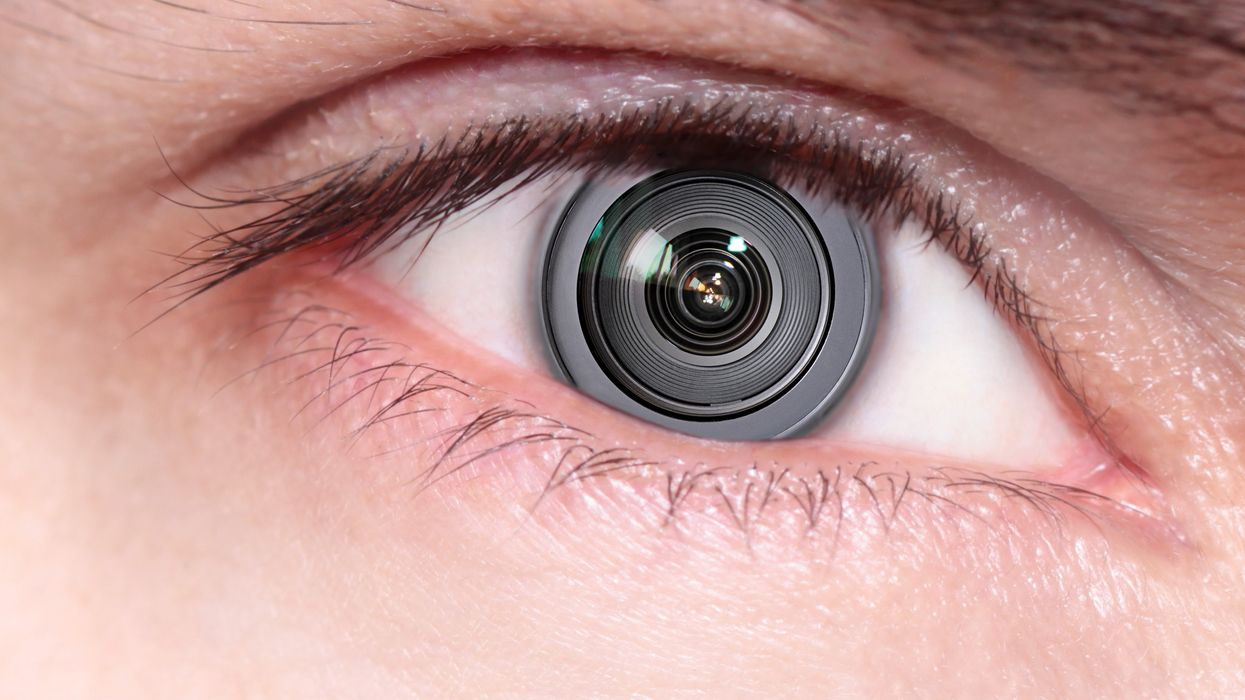What's the ISO of Your Eye?
How does a camera stack up against human vision?

One of the most common questions people have when they start to learn about filmmaking is how it relates back to human physiology. We're a species that finds it easier to understand things through human analogies (our base 10 number system almost certainly has something to do with our hands having 10 fingers, for instance), and there are several areas of filmmaking that can be understood by thinking about anatomy. After all, a camera has a lens to see with and a microphone to hear with, just the way humans have eyes with lenses to see and ears to hear.
Unfortunately, the analogy isn't as perfect as we might hope. Exposure in a camera is driven by a combination of ISO, aperture and shutter speed. While our eyes quite obviously have apertures (the pupil) at the front, which adjust for exposure, is there an ISO and a shutter speed for the eye?
In a study published last week by Rockefeller University, there has been experimental proof that human beings are capable of seeing an single individual photon of light.
The answer isn't really so simple, because the human vision system is adaptive, and isn't just a matter of the eye receiving an image but also the brain interpreting what the eye sees. There is still research to be done into the limits of human vision and what is even possible for most people to see in the first place. In terms of shutter speed, this article by 100fps has a great breakdown of why it's such a hard question to answer, but the short version is that different parts of our eye perceive motion differently (it could be said that the edges of our vision have a lower refresh rate than the center), and even our bright-light and dark-light vision refresh differently.

Finding an answer to maximum ISO has been even harder, since it requires getting a sense of what is the absolute lower limit of light that can be perceived by a human. An additional complication is that we have two types of cells in our eyes: cones which give us color vision, and rods which are better in low-light situations. In a study published last week by Rockefeller University, there has been experimental proof that human beings are capable of seeing an single individual photon of light.
For reference, a 100W film light puts out something in the ballpark of 5e32 photons of light per second: that's 5 times 10 to the 32 power. Roughly 1e31 per 1/48th of a second. That's a lot of photons.
And we humans can see an individual photon of light. It's so tiny that you can't really give it an ISO equivalent. If you did, it would be in the billions, far outside what the system was intended to measure, or so high that it doesn't really have any conventional meaning.
Which is pretty cool. And it means camera makers have a long way to go to catch up.











